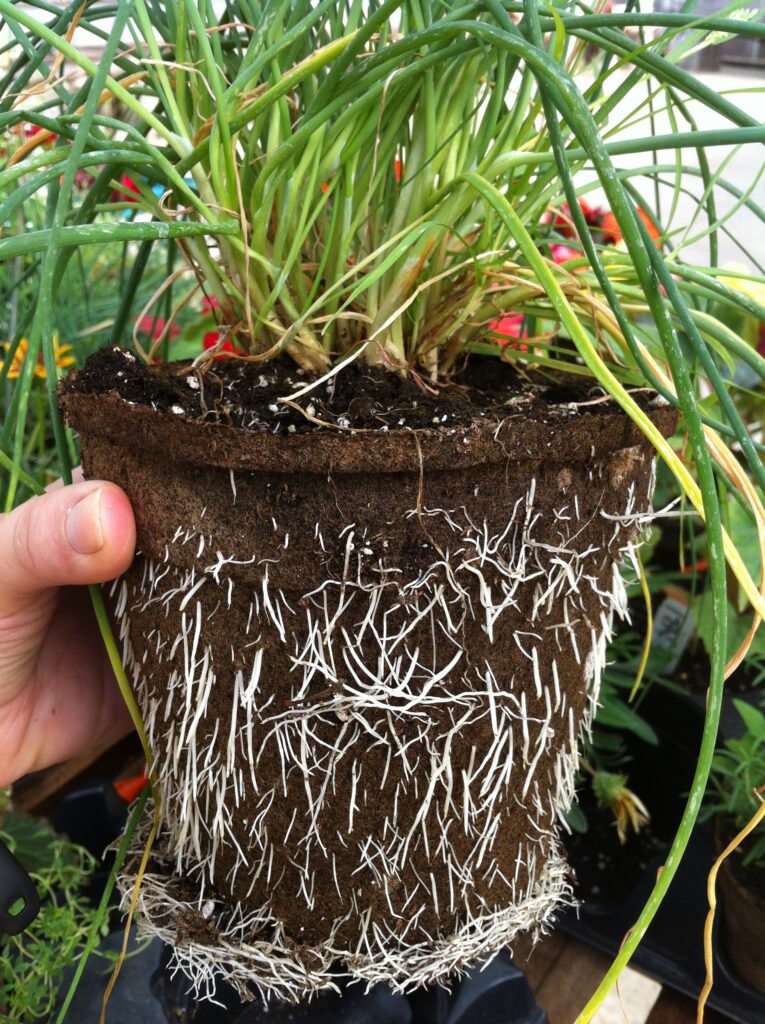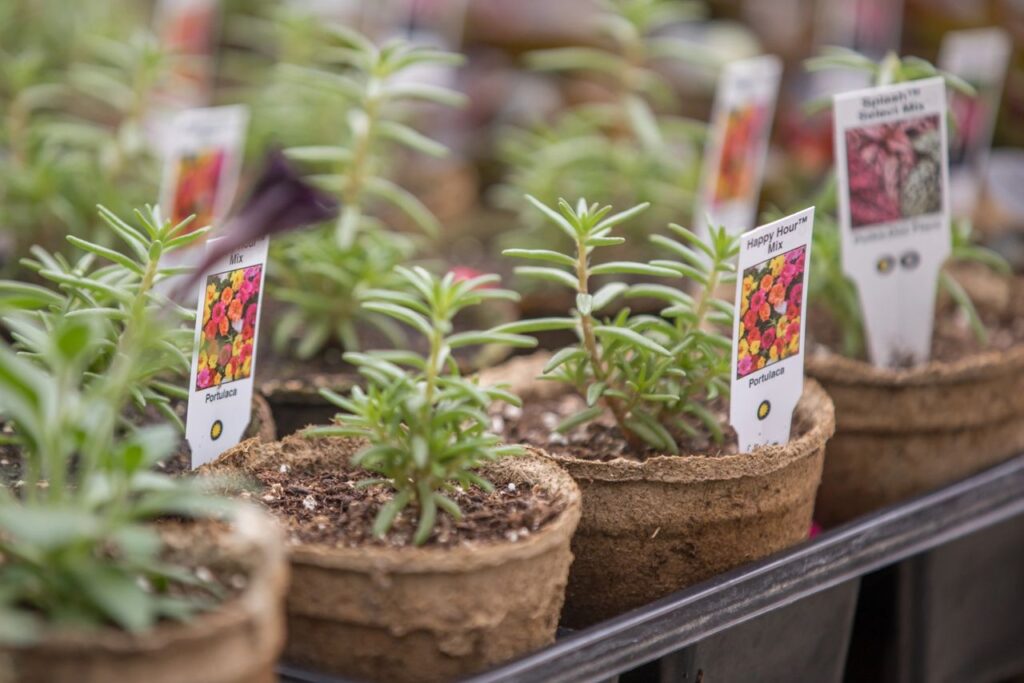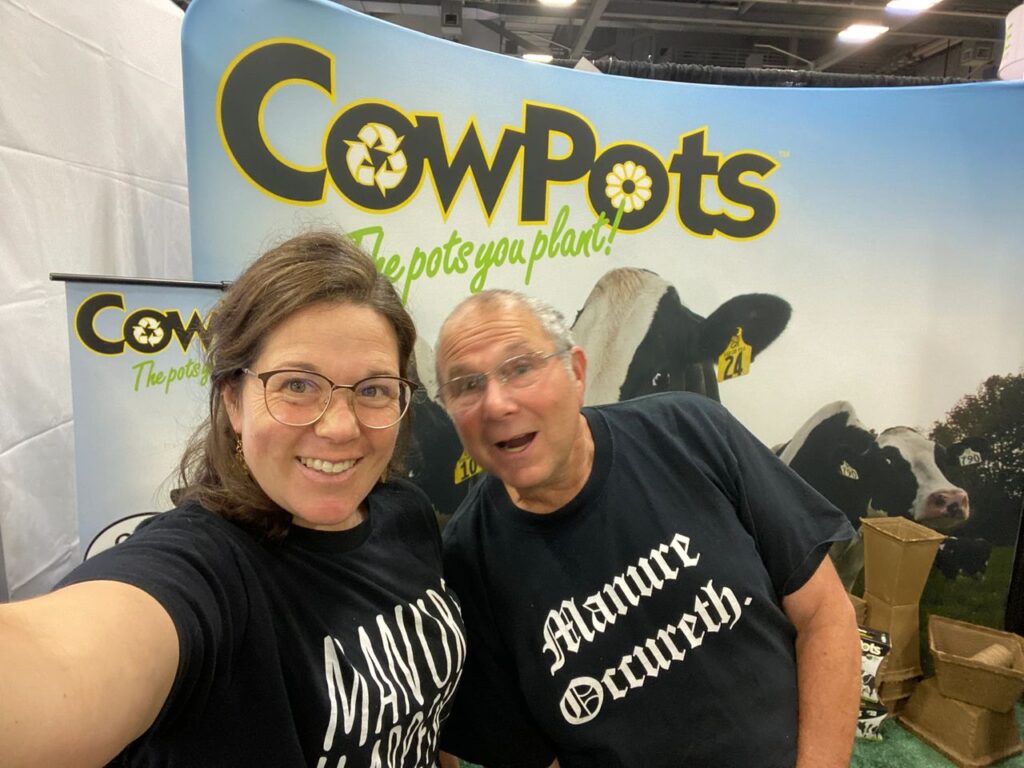
Transplant shock is a common concern for gardeners and farmers alike, often leading to stunted growth, wilting, and even plant loss. Fortunately, with CowPots and a few handy tips, you can minimize transplant shock and help your plants thrive from seedling to maturity. Let’s explore how CowPots can aid in reducing transplant shock and offer practical tips for seamless plant transitions.
Transplant shock occurs when plants undergo stress during transplanting, particularly when moving from one growing medium to another. Factors such as root disturbance, temperature fluctuations, and moisture levels can all contribute to transplant shock, affecting the plant’s ability to establish itself in its new environment.
CowPots, biodegradable planting pots made from cow manure, offer several advantages in mitigating transplant shock. Unlike traditional plastic pots, CowPots’ porous pot walls allow roots to penetrate easily which means you can plant the whole pot in the ground, minimizing root disturbance during transplanting. Over the course of one growing season, CowPots break down naturally in the soil.

Tips for Minimizing Transplant Shock with CowPots:
- Choose the Right Size: Select CowPots that are appropriately sized for your plants. Avoid pots that are too small, as they can restrict root growth and lead to transplant shock. If you find that your plant is outgrowing your CowPot but it isn’t quite ready to be planted, place the entire plant and CowPot into a larger CowPot with more potting mix. CowPots come in various sizes to accommodate different types of plants, from seedlings to tubers, bulbs and mature specimens. Check out our different sizes in our online store.
- Prepare the Soil: Before transplanting, prepare the planting site by loosening the soil and adding organic matter such as compost or aged manure. This helps create a favorable environment for root growth and encourages rapid establishment after transplantation. By adding compost to the base of your planting site, you’re providing nutrient and fertilizer that is easily accessible by the growing roots.
- Bury the whole CowPot: CowPots can be transplanted into the garden bed or into a patio container filled with potting soil. When transplanting, make sure the entire CowPot is covered by soil. If the lip of the pot protrudes above the soil line, it will not break down as quickly as the rest of the pot and can wick away water. Make sure the entire pot is submerged under the soil line.
- Transplant timing: Don’t transplant at high noon on an 80 degree day! Transplant either in the morning or late afternoon to reduce heat stress and consider choosing an overcast day to make it a gentler transition for your plant.
Water Thoroughly: Proper watering is crucial for reducing transplant shock. Before transplanting, it’s a good idea to thoroughly water the plants in their CowPots to ensure they are well-hydrated. After transplantating, continue to water the plants regularly, keeping the soil consistently moist but not waterlogged.
Handle with Care: When transplanting seedlings grown in CowPots, handle them with care to minimize root disturbance.

Provide Adequate Support: After transplanting, provide additional support for the plants if needed. Stake taller or top-heavy plants to prevent them from tipping over and damaging their roots. Mulch around the base of the plants to retain moisture and regulate soil temperature, further reducing stress on newly transplanted specimens.
Monitor for Signs of Stress: Keep a close eye on transplanted plants for any signs of stress, such as wilting, yellowing leaves, or slowed growth. If necessary, provide supplemental nutrients or adjust watering practices to help alleviate stress and promote recovery.
By incorporating biodegradable CowPots into your transplanting process and following these practical tips, you can significantly reduce transplant shock and help your plants establish themselves more effectively. Whether you’re a seasoned gardener or a commercial farmer, minimizing transplant shock is essential for maximizing plant health and productivity. With CowPots, you can make plant transitions smoother and set the stage for successful growth and development!
If you have a a question, observation or feedback about growing in CowPots, let us know! You can email us at [email protected].
Happy Growing this Spring!



